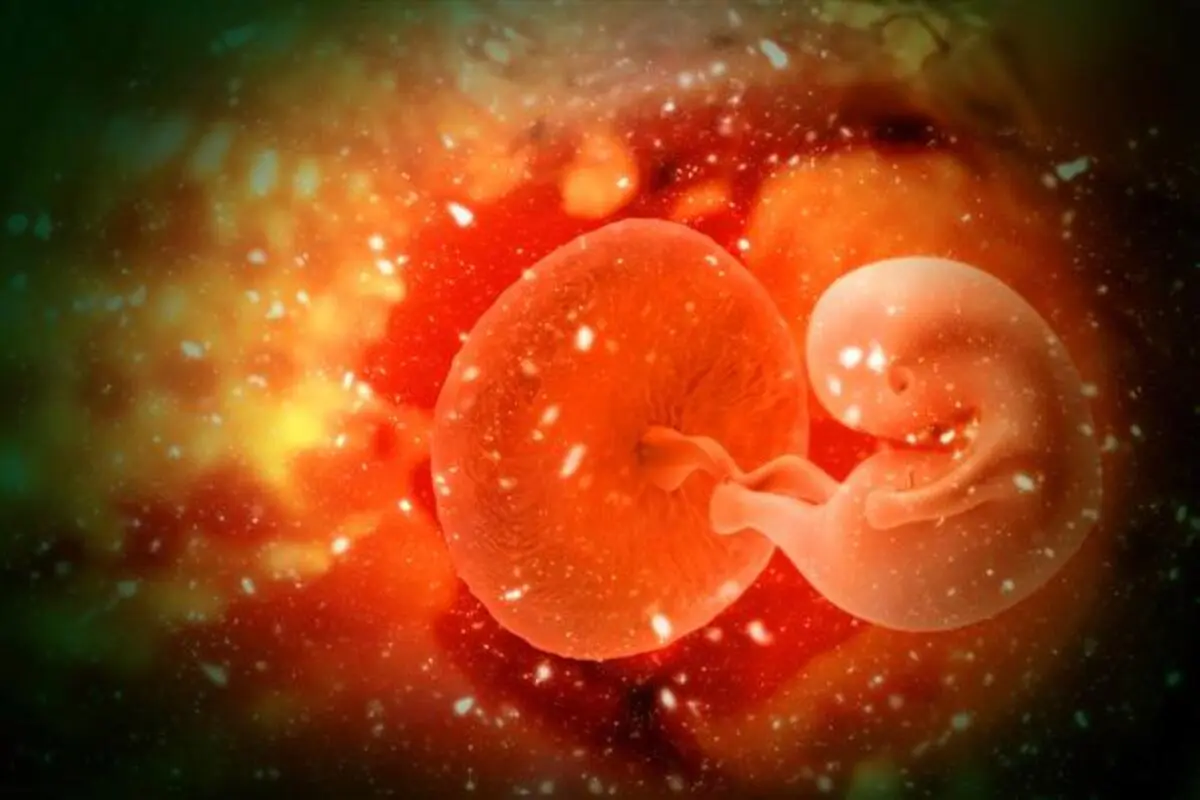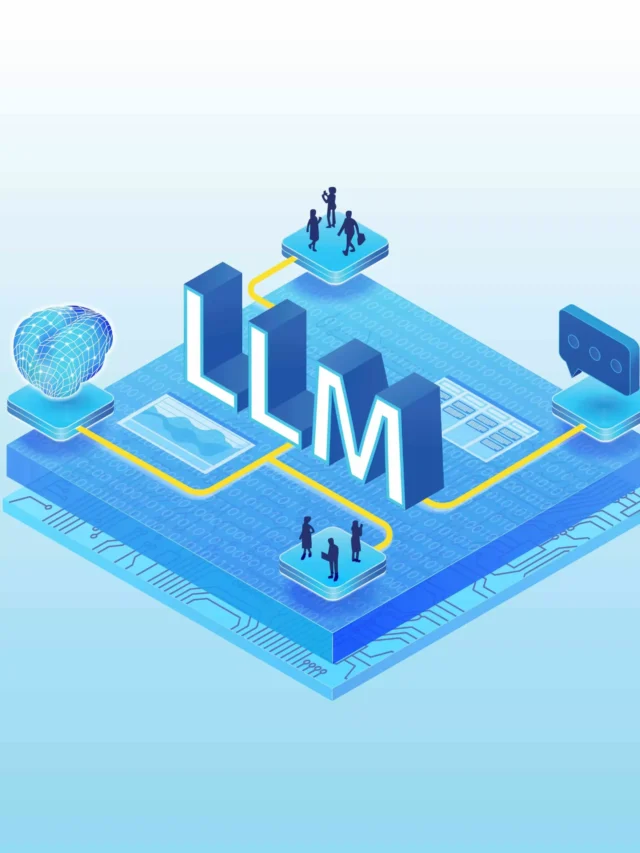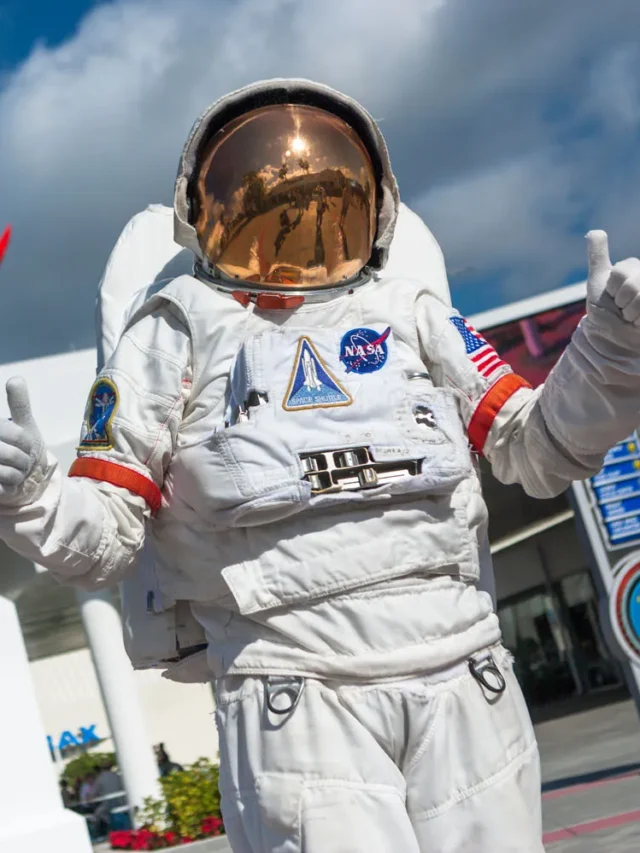
Study: A Stem Cell-Based Human Embryo Model Could Shed Light On Why Some Pregnancies Are Unsuccessful
Scientists have made a model of the human embryo using stem cells, which they believe will help them understand early human development and the reasons and mechanisms behind unexpected miscarriages. This embryo model is an organized three-dimensional structure that replicates some of the early developmental processes. of the human embryo, according to research from Cambridge University in the UK. It is made from pluripotent stem cells, or stem cells with the capacity to differentiate into a variety of different cell types.
The global research
According to a study published in the journal Nature, these models, which enable experimental modeling of embryonic development during the second week of pregnancy, may also aid in understanding the developmental origins of organs and specialized cells like sperm and eggs.
The embryo implants into the uterus during the second week of pregnancy in humans. Yet, this is also a time when a lot of pregnancies end in miscarriage.
“Our human embryo-like model, created entirely from human stem cells, gives us access to the developing structure at a stage that is normally hidden from us due to the implantation of the tiny embryo into the mother’s womb,” said Magdalena Zernicka-Goetz, professor in the Department of Physiology, Development and Neuroscience at Cambridge.
According to the study, developing a knowledge of these early developmental processes has the potential to shed light on some of the causes of human birth abnormalities and disorders as well as help in the creation of prenatal screening tools. Until now, the processes could only be observed in animal models, using cells from zebrafish and mice, for example.
“This exciting evolution allows us to manipulate genes to understand their developmental roles in a model system. This will let us test the function of specific factors, which is difficult to do in the natural embryo,” said Zernicka-Goetz. Until now, only the early stages of human development have been studied by scientists using donated human embryos.
This development might lessen the demand for donated human embryos in scientific studies. While these models can simulate some elements of the development of human embryos, according to Zernicka-Goetz, they cannot and will not mature to the same level as postnatal people.
Although the new models made from human stem cells lack a brain and a heart that beats, they do include cells that would ordinarily develop into the embryo, placenta, and yolk sac, and eventually become the germline cells that will eventually give rise to sperm and eggs. Many pregnancies terminate in miscarriage at the stage when these three cell types coordinate implantation into the uterus and begin to communicate with each other mechanically and chemically to instruct the embryo on how to develop.
To read more such news, download Bharat Express news apps








































